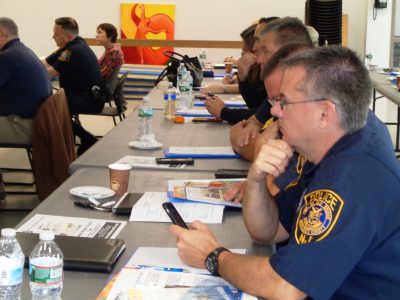
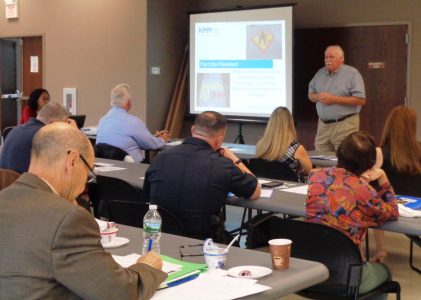
East Brunswick Mayor Brad Cohen welcomed 35 municipal officials and police officers to the Township’s Cultural Center in October to discuss The Rules of the Road, a pedestrian safety seminar sponsored by KMM. Bill Neary, Executive Director, and others discussed the various motorist and pedestrian safety programs available from KMM.
Will Yarzab of the North Jersey Transportation Planning Authority introduced Street Smart. This statewide community-based campaign educates motorists and pedestrians about safe behaviors such as using crosswalks, waiting for the walk signal, obeying speed limits, and stopping for pedestrians. And, everyone must avoid distractions. Communities may enhance Street Smart with KMM’s pedestrian Safety Flags or Paint the Pavement programs.
Teenagers are the primary audience for KMM’s Distracted Driving presentation. Videos and interactive exercises emphasize the importance of paying attention when driving. Youngsters can benefit from Safe Routes to School which includes walk and bike to school events, bike rodeos, and classroom activities. Senior citizens will enjoy “The Jay Walker Show” which reminds participants of safe walking tips.
Jay Muldoon, Borough Administrator for Metuchen, pulled all of the programs together as he described his experiences with KMM.
For more information, please contact Program Coordinator Arlene Holt at aholt@kmm.org or 732-745-4368.

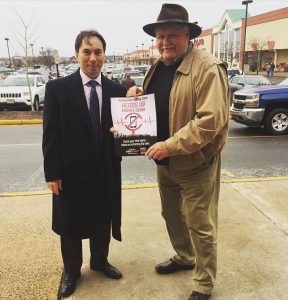
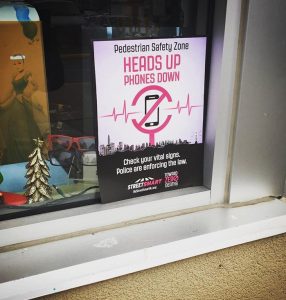 East Brunswick joins over 40 towns across NJ, including Metuchen, Woodridge and Middlesex Borough, that have implemented Street Smart campaigns. This Spring, the Borough of Milltown will join the growing list of cities committed to pedestrian and driver safety. For more information, please contact Director of Operations at
East Brunswick joins over 40 towns across NJ, including Metuchen, Woodridge and Middlesex Borough, that have implemented Street Smart campaigns. This Spring, the Borough of Milltown will join the growing list of cities committed to pedestrian and driver safety. For more information, please contact Director of Operations at 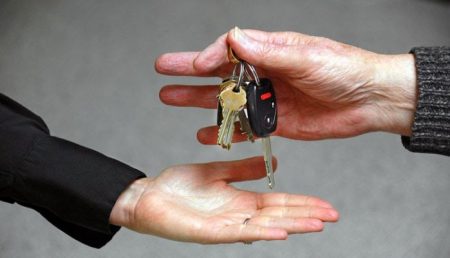 The first thing you should know is that a person’s age is not and shouldn’t be the reason for taking away their car keys. There are people in their 80s and 90s who have their licenses and drive actively and safely, while there are others in their 50s and 60s who are dangers to themselves and others when behind the wheel. The physical and mental conditions and the persons abilities are the first factors you need to consider. Driving takes dexterity and strength in both arms and legs/feet to be able to control the vehicle at all times. If your physical ability is off then the whole driving performance will be off too, which can cause an accident
The first thing you should know is that a person’s age is not and shouldn’t be the reason for taking away their car keys. There are people in their 80s and 90s who have their licenses and drive actively and safely, while there are others in their 50s and 60s who are dangers to themselves and others when behind the wheel. The physical and mental conditions and the persons abilities are the first factors you need to consider. Driving takes dexterity and strength in both arms and legs/feet to be able to control the vehicle at all times. If your physical ability is off then the whole driving performance will be off too, which can cause an accident 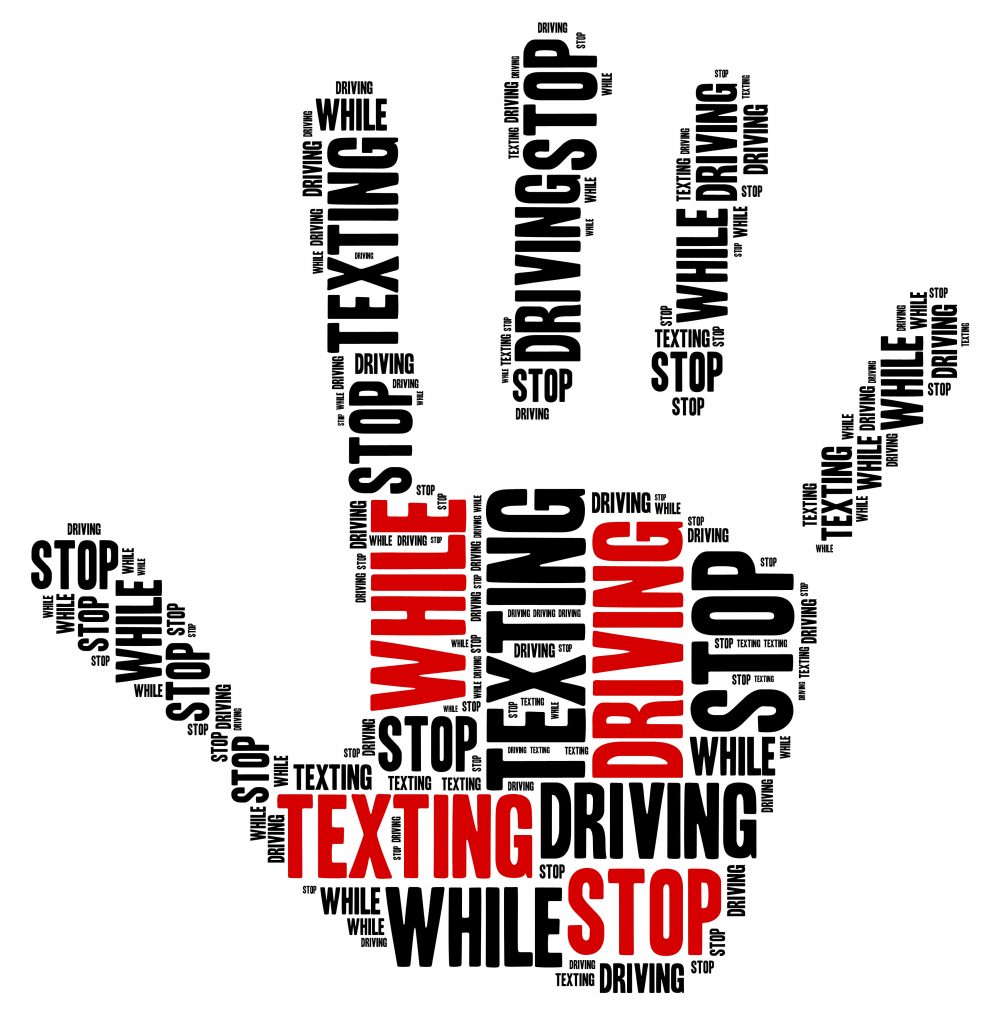 National Teen Driver Safety Week is recognized each year during October. Designated by Congress to raise awareness of teen driver safety topics and to encourage safe teen driver and passenger behavior when driving on the road, the program is now in its 10th year!
National Teen Driver Safety Week is recognized each year during October. Designated by Congress to raise awareness of teen driver safety topics and to encourage safe teen driver and passenger behavior when driving on the road, the program is now in its 10th year!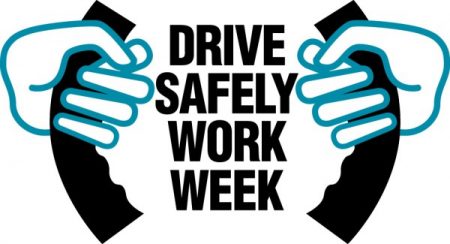 Drive Safely Work Week is an annual campaign sponsored by the Network of Employers for Traffic Safety (NETS). Each year this campaign aims to improve the safety of employees, families, and the community by preventing traffic crashes that occur both on and off the job. Drive Safely Work Week is recognized nationally each year during the first full week of October, making this year’s campaign October 2-6.
Drive Safely Work Week is an annual campaign sponsored by the Network of Employers for Traffic Safety (NETS). Each year this campaign aims to improve the safety of employees, families, and the community by preventing traffic crashes that occur both on and off the job. Drive Safely Work Week is recognized nationally each year during the first full week of October, making this year’s campaign October 2-6.



